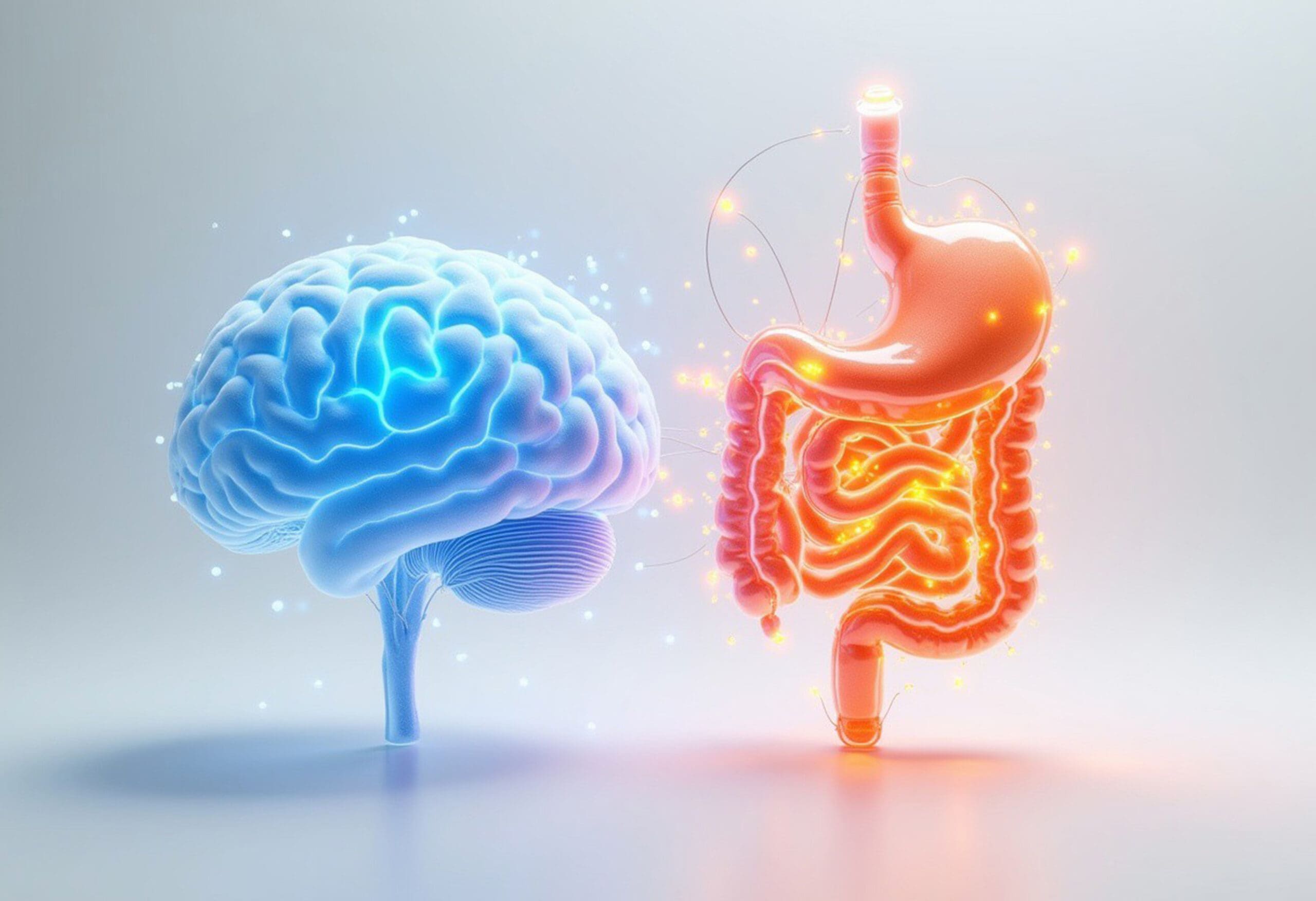Yeast overgrowth can cause sugar cravings
By naturopath Margaret Jasinska
Sugar and carbohydrate cravings are one of the most common reasons patients visit our clinics. They know they need to improve their eating habits in order to achieve their health goals, yet continually give in to cravings. There is nothing wrong with enjoying your favourite sweet treat from time to time. This article is for people who have a health problem such as fatty liver or insulin resistance that is made worse by a high carbohydrate intake. It is for people who regularly eat more sugar than they intended.
The problem is, high sugar diets change the composition of your gut bugs. They foster the development of a gut that houses high numbers of sugar-loving bugs. These bugs then come to depend on your continued sugar intake and influence your food preferences.
Eating sugar promotes the growth of intestinal yeast and having too much yeast in your gut makes you crave sugar. Candida is a type of yeast that is naturally present in everyone’s digestive tract; however, if your immune system is weak and your digestion is poor, Candida levels can get out of control. Because it is a yeast, it needs sugar in order to grow. Treating Candida overgrowth can be tough because many different foods we eat are digested into sugar eventually, and can potentially feed this yeast.

Symptoms of yeast overgrowth
Everyone has small amounts of Candida growing in their digestive tract, on their skin, in the mouth and women have some growing in their vagina. In low levels, this yeast does not cause any health problems. Overgrowth of Candida in the gastrointestinal tract is very common, especially after a course of antibiotics. Steroid medication and the oral contraceptive pill also encourage Candida growth.
Symptoms of excess Candida in the digestive tract include digestive discomfort (gas, bloating, diarrhoea), fatigue, headaches, foggy head, muscle and joint pain, blocked sinuses, sugar cravings, recurrent vaginal yeast infections, recurrent urinary tract infections, depression and poor concentration, food and chemical sensitivities and sleep problems. This is quite a long list. Feeling sick and exhausted makes it difficult to prepare healthy meals and exercise. High carb, convenient foods become a preference.
The worst consequence of the development of Candida infection is leaky gut syndrome. If there are high levels of Candida growing in your digestive tract, they compromise the structural integrity of your gut lining. This means your gut becomes more permeable than it should be; allowing high levels of toxins naturally present in the bowel to gain access to your bloodstream. Leaky gut syndrome is a forerunner to allergies, food intolerance, multiple chemical sensitivity, chronic fatigue syndrome and autoimmune disease. Not everyone with a leaky gut will develop one of these problems; some people just feel sick and tired their entire life.
If you have high levels of Candida growing in your digestive tract, you are prone to developing Candida infections elsewhere in your body. The most common spots include the skin, particularly the feet (tinea or athlete’s foot), fungal nail infections, vaginal yeast infections (thrush), yeast diaper rash in infants or oral thrush. Treating the yeast overgrowth in the bowel is the key to overcoming each of these infections.
Strategies for beating yeast overgrowth
Because Candida thrives on sugar, it is very important to avoid consuming foods that contain added sugar, as well as refined carbohydrates that are quickly broken down into sugar. It is also important to avoid consuming gluten and dairy products because they promote the development of leaky gut. Please also avoid consuming foods that contain yeast (such as bread and some alcohol), and limit fruit to one or two serves per day. Therefore it is best to base your diet on protein, vegetables and natural fats. There is detailed information about fixing gut bug problems and healing a leaky gut in the book Healing Autoimmune Disease: A plan to help your immune system and reduce inflammation.
Diabetics are more prone to yeast infections than the average person because they have elevated blood sugar, and yeast loves sugar. If you are a diabetic and struggling to achieve good blood sugar control, I recommend the eating plan in our book Diabetes Type 2: You Can Reverse It.
By cleaning up the environment in your intestines and restoring a healthy balance of good bacteria, you will be less likely to develop yeast overgrowth. Getting rid of excess yeast can give you a dramatic improvement in energy and overall well being. If you crave the taste of sugar, Nature Sweet natural sugar alternative is a healthy option that won’t adversely affect your gut health.









Leave A Comment